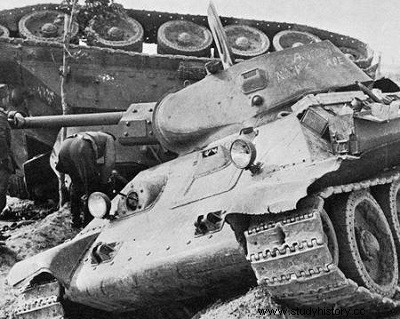
The evacuation of the Soviet coastal army took place under very difficult conditions. Because the Red Army forces had to repel the German frontal attacks, the embarkation points were constantly under enemy fire. In addition, the army command had no means of protecting these points from the action of the Luftwaffe. For the evacuation, all available means were mobilized (minesweepers, patrol boats, submarines and planes). But it was still insufficient to be able to get everyone to safety. Some of the defenders managed to force their way into the mountains where, grouped into partisan detachments, they continued to fight.
The defense of Sevastopol—it had lasted two hundred and fifty days—was completed so by an evacuation. However, she was to go down in history as an unprecedented example of collective heroism as well as the spirit of individual sacrifice. The long and stubborn struggle of the defenders of Sevastopol and the enormous losses they inflicted on the enemy upset the plans of the German high command. Sevastopol immobilized a significant number of German units during the fall of 1941, which contributed to the failure of the German plan to conquer the Caucasus. During the Soviet counter-offensive at Rostov in November 1941, the Germans found themselves prevented from reinforcing the First Armored Army by elements taken from the Eleventh Army. And in the spring and the beginning of the summer of 1942, nor could they employ this XIth Army in their offensive against the southern wing of the Soviet front.The XIth Army was not finally available until the beginning of July, but the siege of Sevastopol had bled it white and it had need reinforcements and a long rest.
The courageous struggle of the Sevastopol garrison was, for the entire Red Army and for the Soviet people, a fine example of heroism.
